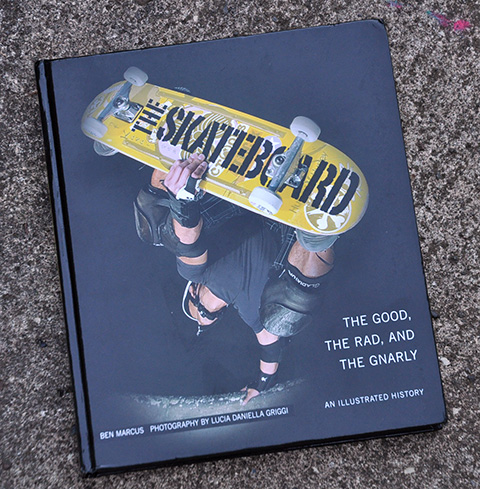
The good, the rad…
Despite an unfortunate choice of subtitle which the author says was chosen by the publisher, The Skateboard. The Good, The Rad and the Gnarly looks promising. It’s not the first time the subject has been take n on, but it’s probably the most in depth to date, even though there is a good deal of overlap with Disposable. The Skateboard (TGTBATG) is less of a visual catalog and history of board graphics and more of a collection of essays on the history of skateboarding. The photography (by Lucia Griggi) is good and thankfully the grunge look is kept to a minimum in the otherwise clean layout. The Author Ben Marcus is a writer and former editor of Surfer Magazine. Ben put a lot of effort into interviews and fact checking through the skateboard community. His real desire is to put out a book for each decade, and he gathered information like that was going to be the end result. MVPBooks is the publisher, and you can see some excerpts on the book’s Facebook page, or check out a few spreads after the jump.
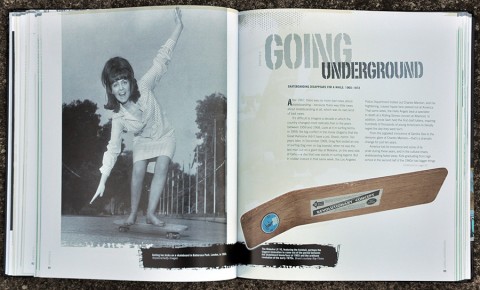
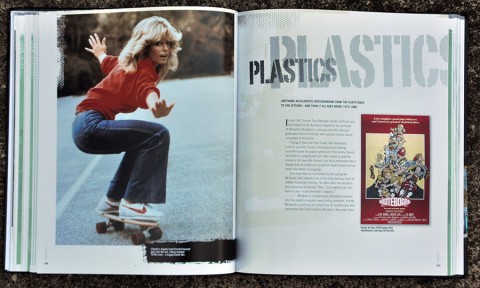
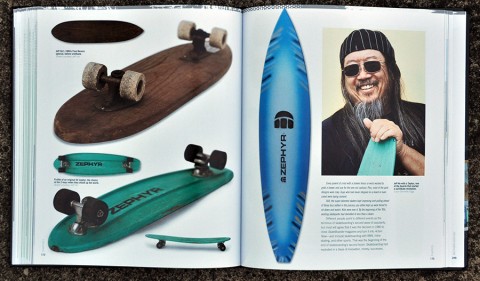
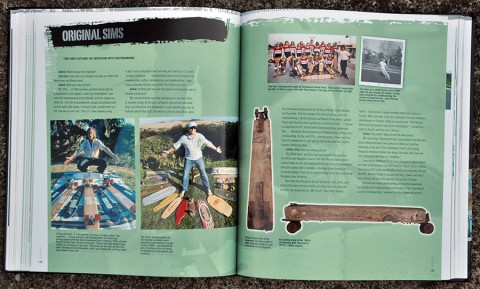
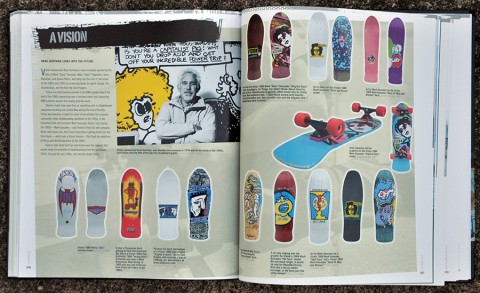
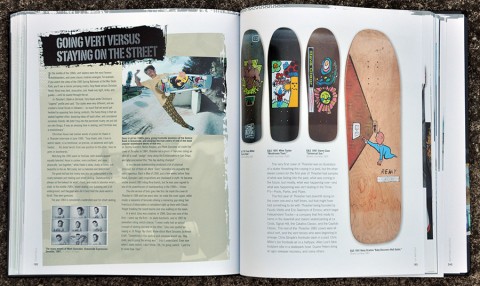
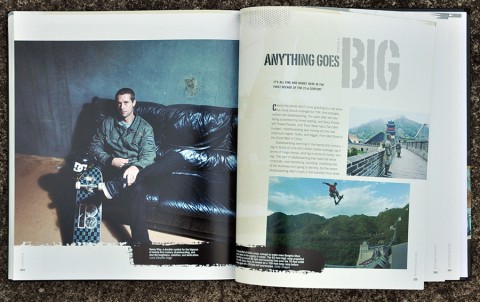


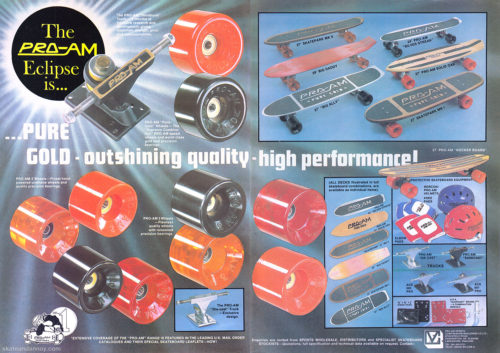
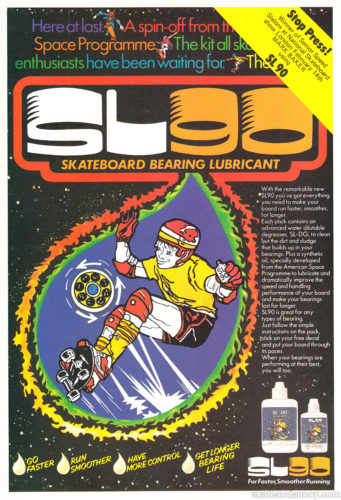
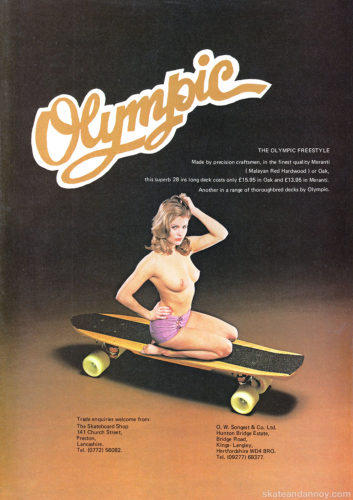
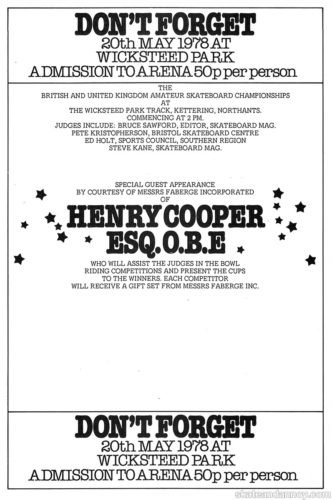
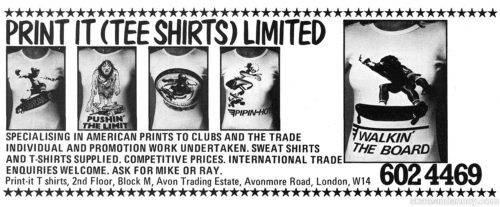
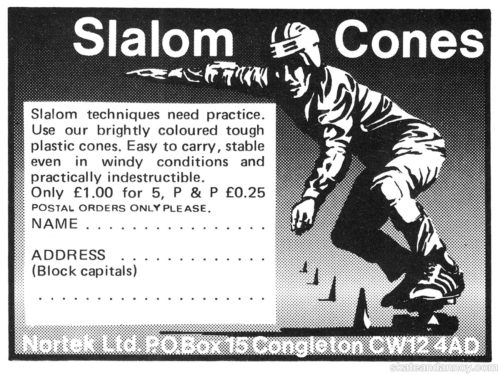
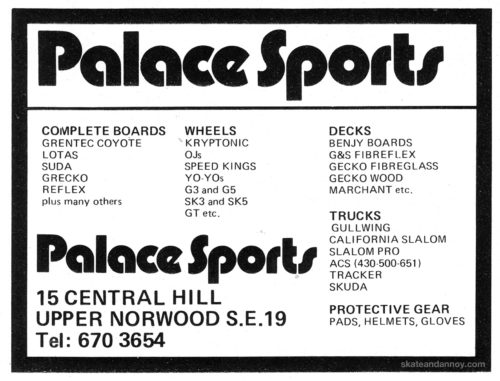
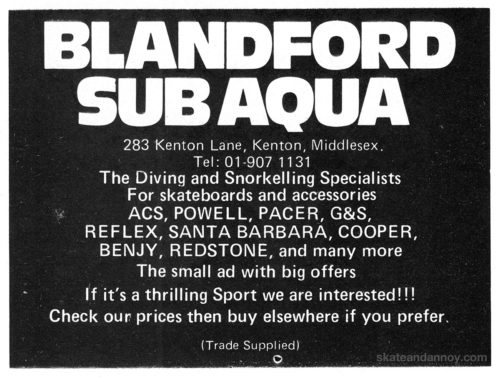
do we get any mentions in there I wonder?
Oh,gotta have that.
There’s a Gonzales ‘Man and Woman’ longboard? Whoa!
this is a solid piece of work…a must have.
Ben worked his ass off with this book
highly recommended
once i figured out it was a play on “the good the bad and the ugly” it seemed more humorous. looks like a great book
Skate and Annoy
Thanks for the positive props (if that word is still used?)
I like Skateboard: TGTRATG up to the late 1970s and I think it covers early skate history well, from roller skates to scooters to metal wheels to clay wheels to the dawn of urethane.
After the 70s: Skateboarding is no longer a surfer thing and it goes inland and gets too complicated to cover all of it in detail.
Ideally this book will sell well and then I can do it right and do everyone justice in five books.
Book One = Steel and clay wheels = 1800s to 1972
Book Two = Plastics = Urethane in 1973 to Action Now in 1980.
Book Three = Up And Out = Vert era from Thrasher in 1981 through Hawk/Hosoi era to the death of Vert.
Book Four – More Sidewalk Than Surfing – World Industries, street takeover in 1991 through the X Games to Tony Hawk’s 900 in 1999.
Book Five – Anything Goes Big – 1999 to now: Mega ramps, return of longboards, etc.
So get out there and buy buy buy!
Tell a friend!
And if you don’t have any friends: make some!
I don’t get it: the pictures above show you cover the whole thing but you want to do it AGAIN,in depth,in 5 parts? Uh,OK. Book five sounds like you are joining two opposites,IMO: the popsicle-riding street skaters and longboarders.But I see it’s more about the era and timeline.
After eating away and drooling over the pages of the Disposable books,I secretly hoped someone (hint) would make a separate book on longboards. This is not it but I still admire your ambitions!
I gather he wants to do a more in-depth version. Expand on all of the subjects, not just a few chapters.
Ben,
Since you’re being upfront, I’d like to know (without, you know, actually reading it soon) if this one takes the skate-litically correct line that Jeff Ho’s surfboard shapes were happening underground designs… or whether, as a surfer (albeit a Californian one) you go so far as to point out that his were TYPICAL California shapes of the time, too influenced by groovy looking North Shore board shapes, and totally missing out on the design trends for ripping normal waves (including non-fish twins) that were popping up on the South Shore and in Florida… and that Jeff’s contribution to skate performance was his very lack of contribution to surf performance, i.e., the kids on his shop’s skate team (particularly Jay, who at least got to see ripping with his dad in Hawaii) wanted to ride SOMETHING the way Bertlemann was riding more progressive surfboards, and it just wasn’t gonna happen on California surfboards of the time, so they strove to take skateboarding higher in lieu of that. (Or just pulled a bait-and-switch at a freestyle contest, depending on how you look at it.) Oh, and if this book does take the former tack, are the next ones NOT going to blow that Hotel California shmoke?
This is such an odd comment. You obviously have such passion and knowledge about skate history and culture. But remember, the whole Dogtown thing was just a couple of hazily remembered years in the life of a very young Jeff Ho. There was no self-consciousness on his part to create, participate in or foster any sort of epoch. Jeff was just a surfer trying to run a shop and keep the bills paid. He still is.
Fair enough, and then some. Didn’t mean to imply that that pretension’s ever been coming from Jeff, though. Or Jay, for that matter. Craig Stecyk and Glen Freidman and Tony Alva know who they are, though. …Actually, maybe they really do “know themselves”… and would have been willing to be honest about Dogtown TM, if Hollywood wanted to hear it. But, probably not, since the semi-documentary wasn’t strictly Hollywood…. Anyway, Jeff has a winning smile, and no doubt has LONG since learned the “error of his ways” – as I hope most of us besides Wentzl have, regarding the 70’s (I’m up to at least the 90’s, myself!) – and has not been building too many semi-guns for Southern California since. But, hey, bottom line is, in his case, it had a positive effect on skateboarding.
Can’t wait to read it. I think the subtitle is fine, fits
the time.
ordered today !
Excellent basic history of skate culture, albeit summarized (as the author explains in his previous post). Very California- centric but that is the author’s prerogative and also explained by his previous post. A book that documents every instance of skate culture in every town or state in North America would be impossible to write and read. Ben Marcus includes some very hard to find photos, graphics (ads) and first-person interviews and by doing so, really adds to the documentation and understanding of skateboard culture.